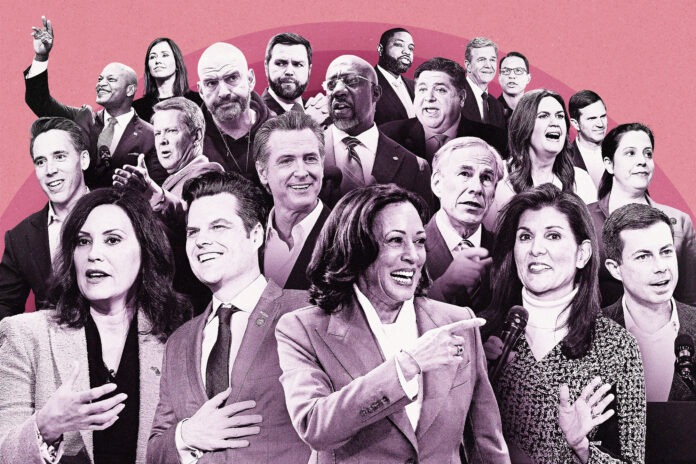As the 2028 presidential cycle begins to take shape, New Jersey is increasingly drawing attention from national candidates eager to test their footing in a state long viewed as reliably blue but now showing signs of competitive intrigue. With a history of pivotal moments—most notably in 1992 when Bill Clinton narrowly flipped the state, and the 2008 Democratic Primary that saw Hillary Clinton and Barack Obama battle fiercely—the Garden State is emerging as a political destination with both symbolic and strategic value.
Recent election results have reframed the state’s role. While New Jersey has leaned Democratic in every presidential general election since Clinton’s victory, the 2024 showing, with a closer margin than anticipated, has prompted strategists to reassess its classification. Republicans see opportunities to court voters as the margins tighten, while Democrats aim to reinforce their advantage, emphasizing local issues and voter engagement. Governor Mikie Sherrill’s ongoing campaigns illustrate this balancing act, highlighting New Jersey as both a proving ground for candidates and a potential firewall against national shifts.
The state’s unique political landscape contributes to its emerging importance. High Democratic registration, diverse urban and suburban populations, and sharply varying county-level dynamics make New Jersey a microcosm of national political trends. Key races, such as the governor’s contest, influence both local and national calculations, signaling where attention and resources will be directed by presidential hopefuls. Candidates from across the country, including prominent governors and U.S. senators, are actively visiting towns like Newark, New Brunswick, and South Jersey communities, participating in rallies, fundraising events, and grassroots meet-and-greets.
New Jersey’s historical primacy in campaigns underscores its continued relevance. In 2008, the Democratic Primary positioned the state as a stage for Barack Obama and Hillary Clinton to test strategy, messaging, and ground operations. Earlier, in 1992, the Clinton campaign capitalized on New Jersey’s swing-state status to build momentum nationally. Today, that tradition is evolving. Candidates are not only visiting to secure votes but also to engage influential donors and establish a presence in media markets that shape national narratives.
The state’s political influence extends beyond party lines. Republicans analyze recent election outcomes, including Governor Ciattarelli’s performance, to identify strategic openings, while Democrats emphasize New Jersey’s Democratic registration advantage and urban voter mobilization to maintain their footing. This push-and-pull dynamic suggests the state could serve as a testing ground for campaign messaging, voter outreach, and coalition-building strategies leading into the general election.
Additionally, New Jersey’s role is amplified by high-profile endorsements and appearances. National figures such as U.S. senators, governors, and former cabinet members are actively participating in events alongside local leaders, reinforcing the state’s visibility. These visits serve multiple purposes: energizing local bases, demonstrating candidate viability, and securing fundraising support from New Jersey’s robust donor network.
As the 2028 election cycle gains momentum, New Jersey is positioning itself as more than a traditional “blue state.” It is a strategic hub for presidential hopefuls navigating complex electoral terrain. The state’s mix of history, voter diversity, and high-profile contests ensures that candidates will continue to prioritize New Jersey for both public engagement and private fundraising, making it a central feature of national campaign strategies.
For those interested in tracking political developments, candidate visits, and campaign events across the state, Explore New Jersey provides a comprehensive calendar and analysis of key happenings at https://explorenewjersey.org/politics/. Staying informed allows voters and observers alike to understand how the Garden State is shaping the path toward 2028 and beyond.











